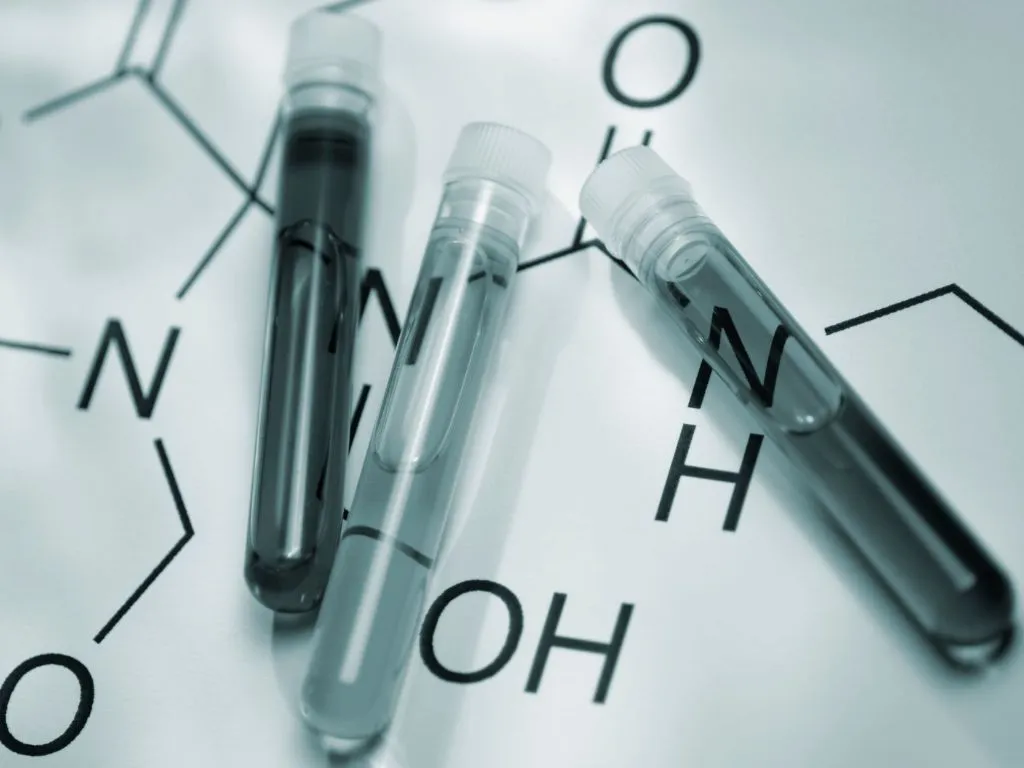News Details

Japan considers removing 8 and will add 6 substances to the Priority Assessment Chemicals list
In a notice published on 27 March 2023, the Japanese Ministry of Economy, Trade and Industry (METI), the ministries of Health, Labour and Welfare (MHLW) and Environment (MOE) announced that they will monitor the manufacturing and importation volumes of eight substances to consider their removal from the Priority Assessment Chemicals (PACs) list.
The substances are:
- tritolyl phosphate – used in vinyl plastics, as a lubricant additive and in waterproofing materials;
- aniline – used in dyes and intermediates, photographic chemicals, urethane foams (pictured), pharmaceuticals, explosives and petroleum refining;
- nitrilotriacetic acid – used in cleaning products, personal care products and pesticides;
- 2-(tert-butylamino)-4-(cyclopropylamino)-6-(methylthio)-1,3,5-triazine – used as an anti-fouling agent in paints and as a biocide;
- trioctylamine – used in fuel production;
- salt of N,N-diethyl-N-methyl-2-[(2-methylprop-2-enoyl)oxy]ethan-1-aminium – used in pharmaceuticals and medical articles;
- 4,4'-diamino-3,3'-dichlorodiphenylmethane (also known as 4,4'-methylenebis(2-chloroaniline)) – used as a curing agent for polyurethanes and epoxy resins; and
- mixture of bicyclo [2.2.1] heptane-2,5(or 2,6)-diyl dicyanide – a compound.
In a separate notice, published in the official government gazette Kanpou on 3 April 2023, the Japanese Ministry of Economy, Trade and Industry announced the classification of six substances as PACs under the country's Chemical Substances Control Law (CSCL).
The six substances are as follows:
- sodium salt of 2,2',2'',2'''-(ethane-1,2-diyldinitrilo)tetraacetic acid;
- alpha,alpha'-[(alkyl(C=8-18, normal chain)azanediyl)bis(ethane-2,1-diyl(or ethylethane-2,1-diyl))]bis{omega-hydroxypoly[oxyethane-1,2-diyl/oxy(methylethane-1,2-diyl)]} (The repeating number of repeating unit is an integer 1 or more.) (Limited to the number-average molecular weight of the polymer that is less than 1,000.);
- salt of {ester of 2-hydroxy-N-(2-hydroxyethyl)-n, n-dimethylethan-1-aminium and [saturated fatty acid(C=10-18, normal chain)(or unsaturated fatty acid(C=18, normal chain))]} or salt of {ester of 2-hydroxy-n-(2-hydroxypropyl)-n,n-dimethylpropan-1-aminium and [saturated fatty acid(C=10-18, normal chain)(or unsaturated fatty acid(C=18, normal chain))]};
- alpha-(alkyl(C=6-18))-omega-hydroxypoly[oxyethane-1,2-diyl/oxy(methylethane-1,2-diyl)](Limited to the number-average molecular weight of the polymer of less than 1,000.);
- alpha-hydro-omega-[(3-methylbut-3-en-1-yl)oxy]poly(oxyethane-1,2-diyl) (The repeating number of repeating units is an integer 1 or more.) (Limited to the number-average molecular weight of the polymer of less than 1,000.); and
- [alpha-(alkanoyl(C=8-18, normal chain))-omega-methoxypoly(oxyethane-1,2-diyl) or alpha-(alkenoyl(C=8-18, normal chain))-omega-methoxypoly(oxyethane-1,2-diyl)] (The repeating number of repeating unit is an integer 1 or more.) (Limited to the number-average molecular weight of the polymer of less than 1,000.).
Priority Assessment Chemicals (PACs) are substances that are believed to be hazardous to the environment or human health. Companies must submit annual reports to METI for these substances when manufacturing or importing them in volumes of one tonne or more a year.
We acknowledge that the above information has been compiled from Japan.


